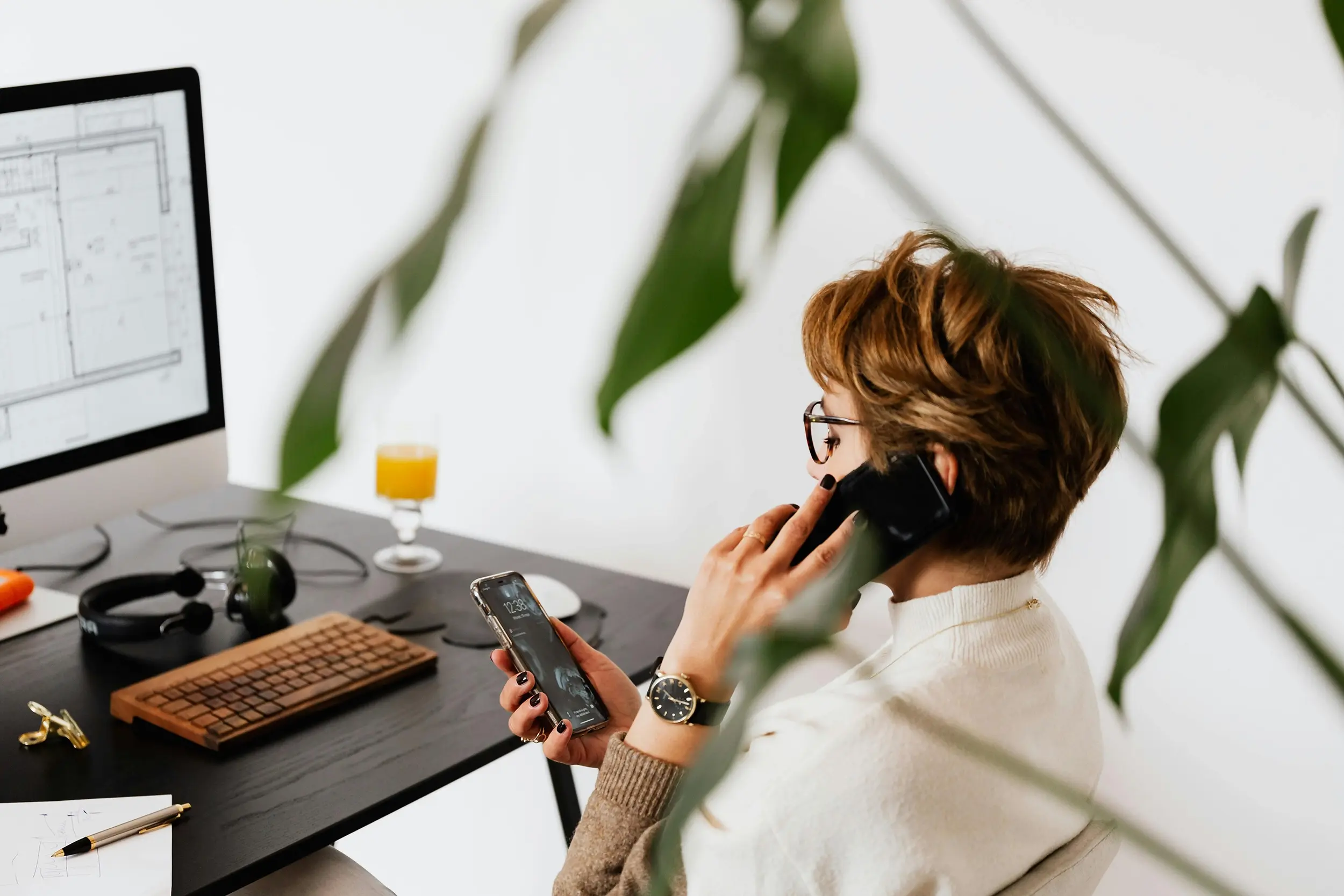There is a growing gap between what employees say and do when it comes to office working, according to Linda Trim, director at workplace design consultancy, Giant Leap.
“In the four years since the start of the global pandemic, work and workers have permanently changed in all ways,” said Trim.
“Employers quickly transitioned data to the cloud to enable remote work, teams leveraged technology to collaborate virtually across geographies and time zones, and individuals learned how, where, and when they work best — both solo and with each other.
“Now, we are starting to see new work patterns emerge and a clear disconnect between what employees say and do when it comes to office work and office ‘vibes’.”
Trim points to new research by Gensler, a global architecture, design, and planning firm, which found that while employees say they ideally need the office two-thirds of a typical work week, they are only coming in half of the time.
The study was based on 14,000 office workers across nine countries and 10 industries.
The study also found that employees are willing to return to the office more often for a new mix of experiences.
“This suggests that employers need to rethink the office to make it more attractive to employees, and to better accommodate their diverse needs and behaviors,” Trim noted.
“There is a new awareness that employees are unique individuals at various life stages who may have diverse living conditions, family arrangements, and commuting patterns,” said Trim.
“As we reimagine a new workplace for the future, it’s time to design people-centric environments that are flexible and tailored to workers’ diverse needs and behaviors.”
The study’s key findings include:
- Employees come into the office half of their time, but say they ideally need the office two-thirds of a typical work week for their productivity.
- Younger generations (Gen Z and millennials) have the largest gap in what they say and do. They come into the office 43-44% respectively but say they ideally need the office 64-65% of a typical week.
- Workers living with children under the age of 12 report a preference for full and extended days in the office beyond 9am–5pm, while office workers living with children above the age of 12 have a stronger preference for partial days.
- Office workers with 45-minute or longer commutes currently come into the office the least but the majority stay for full or extended days. Those office workers who live less than 15-minutes from the office report working at the office 63% but ideally needing to be there slightly less than they are currently.
The study also there is a mismatch of ‘vibe’ in the office between what employees have and their ideal, with most employees wanting what they don’t have. Vibes range from quiet offices with fewer people, to spaces that are “buzzy,” to active spaces with lots of people.
The implications for future workplace design include:
- The need for more flexible and tailored office spaces that can accommodate the diverse needs of workers.
- A move away from universal planning, where all work settings have a uniform layout.
- A greater recognition of the unique needs of individual workers, including their life stage, living arrangements, and commuting patterns.
“Workplaces must evolve and be ever-changing, consistent with the dynamic nature of work and the changing needs of the people who use them,” said Trim.
“This will create not only a more inclusive work environment, but one that recognises and celebrates that we are unique individuals working collectively to learn, grow, and do great work together.”
After trending upwards, work engagement has hit its lowest in a decade, with younger workers and women the most unhappy people at work.
“Social media trends like #quietquitting and #actyourwagehave reached over a billion views. Our health and happiness at work is the driving force in our decision to take, stay at, or leave a job.”
Trim has this advice for companies:
Step 1: Reimagine flexibility
A 2023 International Labor Organization report found that greater flexibility, from staggered start times to shift-sharing and remote working options, leads to greater productivity and improved work-life balance.
In addition, 82% of participants in a global Cisco survey of28 000 full-time employees said that the ability to work from anywhere has made them happier.
“The job market has changed and workers appreciate choice and flexibility more than employers realise. While salary is still top-of-mind for workers, it is not the only thing that matters anymore.”
She warns that the work from home revolution may be popular but if that trend continues, we could wind up creating a two-tier workforce where people work from home in lower-paid, dead-end roles while those coming into the office get higher paid, management track positions.
Step 2: Rebuild belonging
The average worker spends nearly 82 000 hours at work during their lifetime and Trim says therefore it is safe to say that a workforce must have plenty of positive social interaction for it to be considered happy.
“Organisations that score high on the Community Index, where employees feel like they belong and contribute to shared goals in meaningful ways, have a 62% increase in employee estimated tenure at their current workplaces,” Trim says.
To encourage behaviour of a happier culture, we all need to communicate when we engage in free time and self-care, such as getting fresh air or taking some creative thinking space. Shared goals foster collaboration, which is good for bolstering friendships.
Employees are three times more likely to experience well-being if they work in a fun environment. For example, Trim says, every third Wednesday of the month, Visa holds an ice cream social to get employees to have fun together.
“Airbnb believes that travel is a great way to have fun, as is evidenced by one of their beloved perks: a $2 000 (R38 000) annual travel stipend for employees to stay in any one of their Airbnbs worldwide.”
Step 3: Restore purpose
“Finally, we need purpose at work to keep us motivated, whether that purpose is earning a pay check to support our families, or a values-based connection to the organisation’s mission,“ Trim says.
“Happiness at work has to come from a deeper, more intrinsic connection to why we are there. A culture of autonomy, belonging and purpose comes from a shared vision and right now, it is fair to say that many companies and their employees are simply not seeing eye-to-eye.”
But we can change that. “Start by asking your employees: What is one thing I can do for you to make next week easier? and goon from there,” is Trim’s advice.






